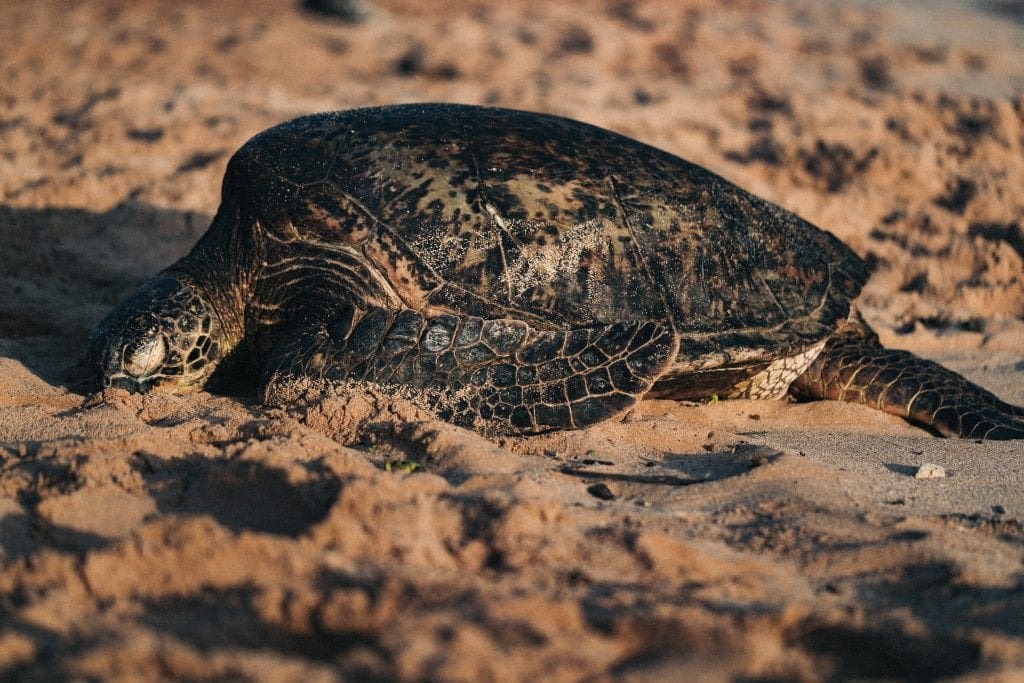
KÂAT Architects won the honor of designing the wildlife center in a national competition organized by the Ministry of Environment and Urbanisation of Turkey. According to KÂAT, the center will “ensure the cyclic continuity of the natural and cultural resources of Iztuzu Beach and its ecosystem, which is considered to be one of the rarest natural ecosystems of the world.”

The center will house multiple canopy structures, shaped to mimic the encircling trees while reflecting the slope of the topography. The structures will be elevated off the ground, allowing the natural life, soil and terrain to remain as undisturbed as possible. Each canopy conforms to its neighbor with closed, semi-open and open spaces constructed among narrow columns that mimic the nearby tree trucks.

Source: INHABITAT








